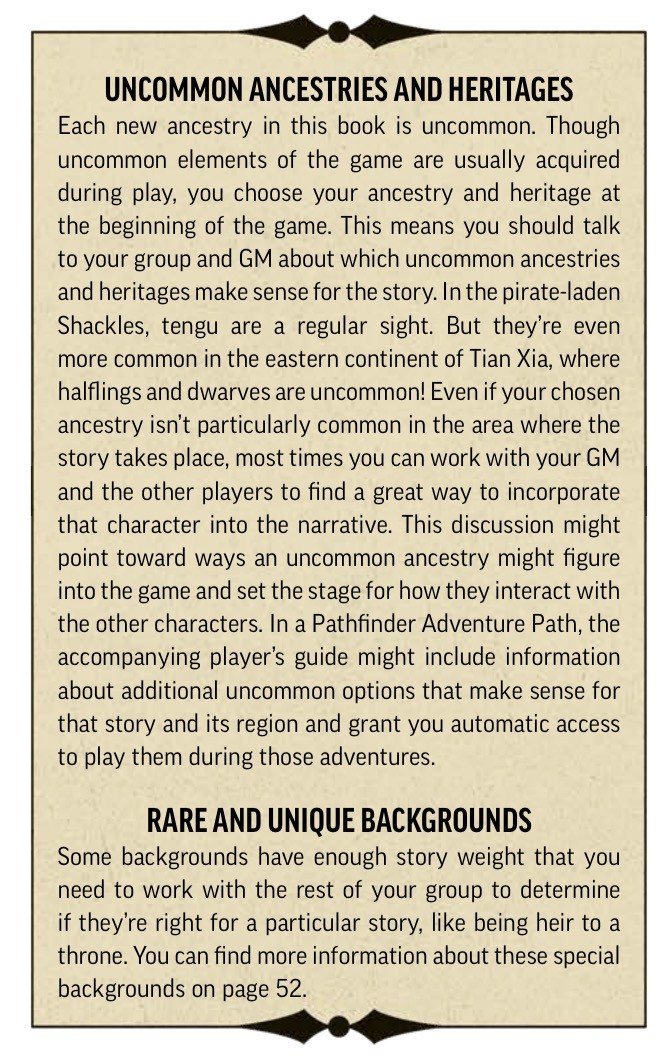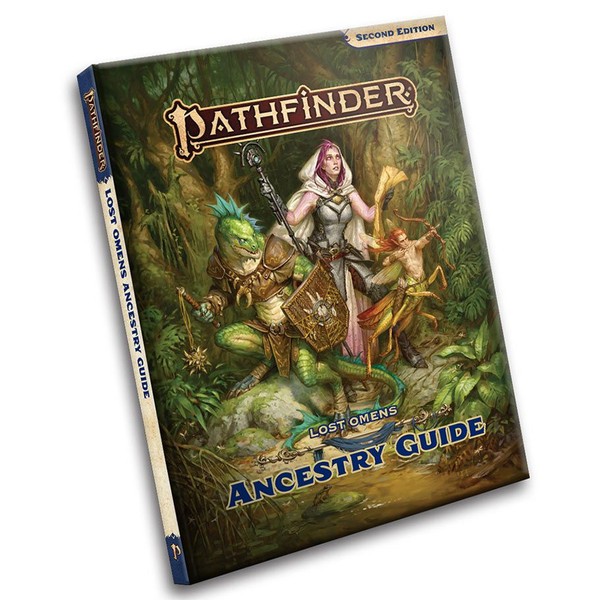1
7
Non-Combat Subsystems in PF2e Come So Close to Being Meaningful (Spirit Bell Games)
(wanderingadventure.party)
2
3
4
5
6
7
8
Is the Lost Omens Ancestry Guide Second Edition useable with Second Revised?
(media.piefed.social)
8
9
10
11
12
13
14
15
16
17
8
GMing Techniques for improving Prepared Caster experience in Pathfinder 2e (Spirit Bell Games)
(wanderingadventure.party)
18
6
Spell Slots & the Evolution of Caster Design in Pathfinder (Spirit Bell Games)
(wanderingadventure.party)
19
20
21
22
23
24
25
view more: next ›



